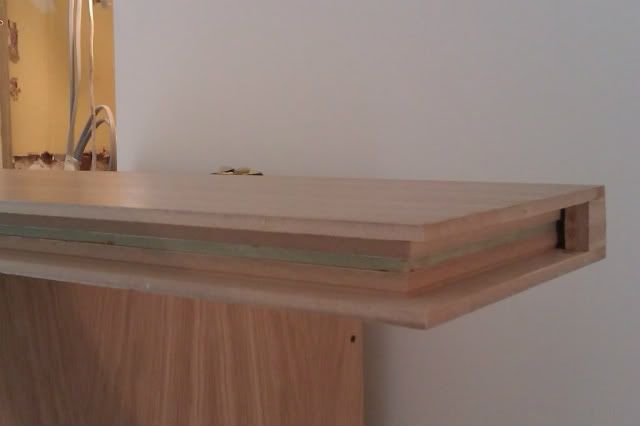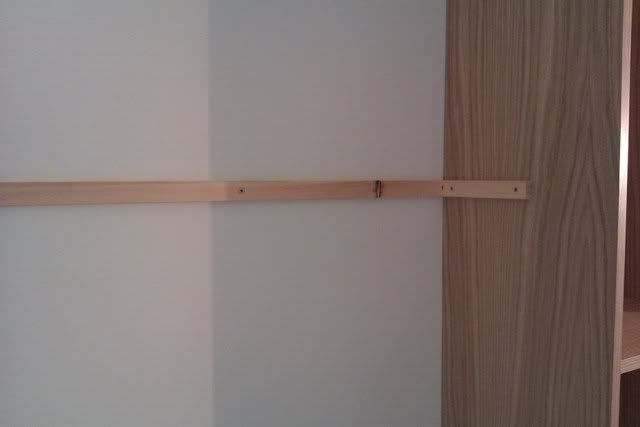Hi,
I have been making some modern furniture for a customer and they asked me to make some floating shelves to fit in an alcove 1600mm wide by 250 deep and the shelves no deeper than 50mm thickness.
After a bit of research i opted to make a frame out of 32mm x 32mm kiln dried plained timber domino'd and glue and 6mm mdf glued and pinned all round. All went well and i had filled nail heads and sanded ready for spraying. On returning to the workshop on of the 3 shelves had warped!!!!!! the question is now what is the best way to make a new shelf, i originally i was going to make the frames using ply or mdf, should i use one of these to remake the shelves
any thoughts welcome
I have been making some modern furniture for a customer and they asked me to make some floating shelves to fit in an alcove 1600mm wide by 250 deep and the shelves no deeper than 50mm thickness.
After a bit of research i opted to make a frame out of 32mm x 32mm kiln dried plained timber domino'd and glue and 6mm mdf glued and pinned all round. All went well and i had filled nail heads and sanded ready for spraying. On returning to the workshop on of the 3 shelves had warped!!!!!! the question is now what is the best way to make a new shelf, i originally i was going to make the frames using ply or mdf, should i use one of these to remake the shelves
any thoughts welcome






